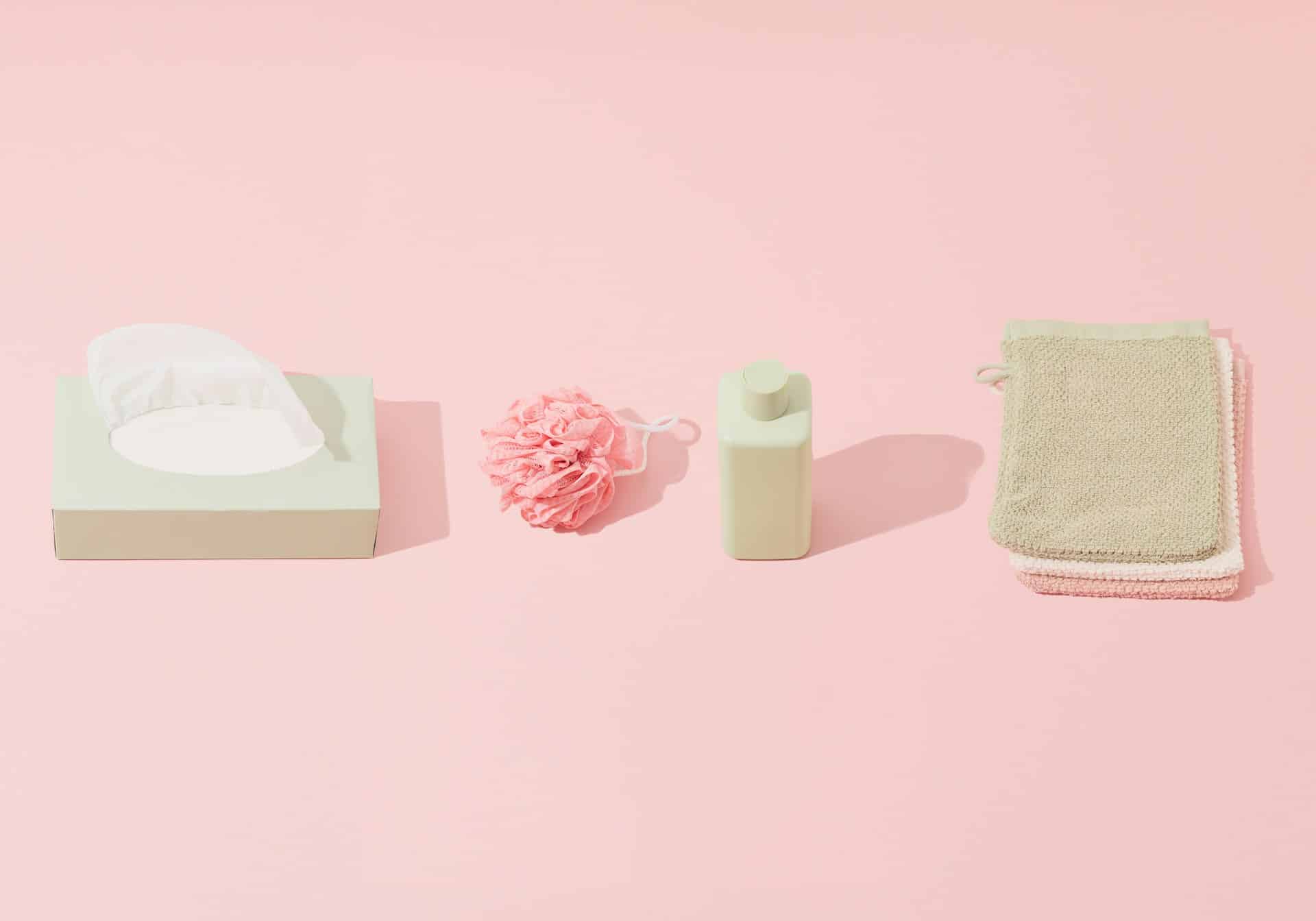The internet is full of skincare tips, but not all of them are good for your skin. In fact, some of the most popular advice circulating online can do more harm than good. If you’ve been following questionable trends or relying on outdated beauty “rules,” you might be sabotaging your skin without realizing it.
In this guide, we’ll break down the most common skincare myths, explain why they’re wrong, and share dermatologist-approved alternatives that will actually help you reach your skin goals.
Myth 1: You Don’t Need Sunscreen on Cloudy Days
One of the most dangerous myths is that sunscreen is only necessary when it’s sunny. The truth? Up to 80% of UV rays can penetrate through clouds, meaning your skin is still at risk for sun damage, premature aging, and skin cancer even on overcast days.
Dermatologists recommend applying a broad-spectrum SPF of at least 30 every morning, regardless of the weather. If you’re outside for extended periods, reapply every two hours. At Vital Derm MD Skincare, we carry gentle yet effective sunscreens that work for all skin types, including sensitive skin.
Myth 2: Expensive Products Are Always Better
Price doesn’t guarantee results. While some luxury products offer high-quality formulations, others are overpriced versions of what you can find in affordable drugstore brands. What really matters is the concentration and stability of active ingredients, not the label or packaging.
The key is to choose dermatologist-tested products with proven ingredients like retinol, vitamin C, hyaluronic acid, and niacinamide — all of which are available in our curated selection at Vital Derm MD Skincare.
Myth 3: Oily Skin Doesn’t Need Moisturizer
Skipping moisturizer because you have oily skin can actually make things worse. When your skin is dehydrated, it produces more oil to compensate, leading to breakouts and excess shine.
If you have oily or acne-prone skin, opt for a lightweight, oil-free gel moisturizer. It will hydrate without clogging pores and help keep oil production balanced.
Myth 4: Natural Ingredients Are Always Safe
Just because something is natural doesn’t mean it’s automatically safe for your skin. Essential oils, lemon juice, baking soda, and even certain plant extracts can cause irritation, allergic reactions, and long-term damage.
Your skin’s pH balance and barrier are delicate, and harsh “natural” DIY remedies can disrupt them. Always patch test new products and stick to formulations designed for skin use.
Myth 5: You Should Exfoliate Every Day
Exfoliation is important for removing dead skin cells, but overdoing it can lead to redness, sensitivity, and barrier damage. Daily use of strong scrubs or acids strips away the protective layer your skin needs to stay healthy.
For most skin types, exfoliating 2–3 times a week is enough. Sensitive skin types may need to limit exfoliation to once a week. Look for gentle chemical exfoliants like lactic acid or polyhydroxy acids (PHAs).
Myth 6: Pores Can Open and Close
Pores don’t have muscles, so they can’t physically open or close. They may appear smaller when clean and free from debris, but hot steam or cold water won’t change their actual size.
Instead of trying to “close” your pores, focus on keeping them clear with regular cleansing and exfoliation, plus non-comedogenic products.
Myth 7: More Product Means Better Results
Slathering on too much serum or moisturizer won’t speed up results — it will just waste product and possibly cause irritation. Many active ingredients have an optimal concentration, and exceeding it can lead to redness, peeling, or breakouts.
Follow recommended usage amounts, usually a pea-sized amount for serums and a nickel-sized amount for moisturizers.
Myth 8: If It Burns, It’s Working
That stinging sensation you sometimes feel after applying a product isn’t a sign it’s effective — it’s often a sign of irritation. Unless you’re using a product that’s meant to tingle slightly (like certain chemical exfoliants), discomfort is your skin’s way of telling you something is wrong.
Switch to gentler formulas and consult a dermatologist if irritation persists.
Myth 9: Dark Circles Can Be Permanently Erased
Dark circles under the eyes can be caused by genetics, thin skin, allergies, or lifestyle factors. While topical treatments and lifestyle changes can help minimize their appearance, there’s no magic cream that will erase them completely.
Eye creams with caffeine, peptides, and brightening agents can help, but realistic expectations are key.
Myth 10: You Only Need Skincare When Problems Appear
Waiting until you see wrinkles, acne, or pigmentation to start a skincare routine is like waiting until your car breaks down to get an oil change. Preventative care is the foundation of healthy, youthful skin.
A consistent routine with gentle cleansing, daily SPF, and targeted treatments can help prevent problems before they start.
Building a Routine That Actually Works
The easiest way to avoid falling for skincare myths is to focus on evidence-based practices and products designed with your skin’s health in mind.
Here’s a simple, dermatologist-recommended daily routine:
- Cleanser — Gentle, non-stripping formula.
- Toner/Essence — Hydrating and balancing.
- Serum — Based on your skin’s needs.
- Moisturizer — Seals in hydration.
- Sunscreen (AM) — Daily essential.
At Vital Derm MD Skincare, we offer professional-grade products for every step of this process, so you can shop confidently without the guesswork.
The Bottom Line
Misinformation can cost you more than just wasted money — it can damage your skin long-term. By understanding the truth behind common skincare myths, you’ll be able to make better decisions for your skin’s health and beauty.
If you’re unsure which products are right for you, visit our Contact Page to connect with a skincare expert, or follow us on Facebook for expert advice and tips.






